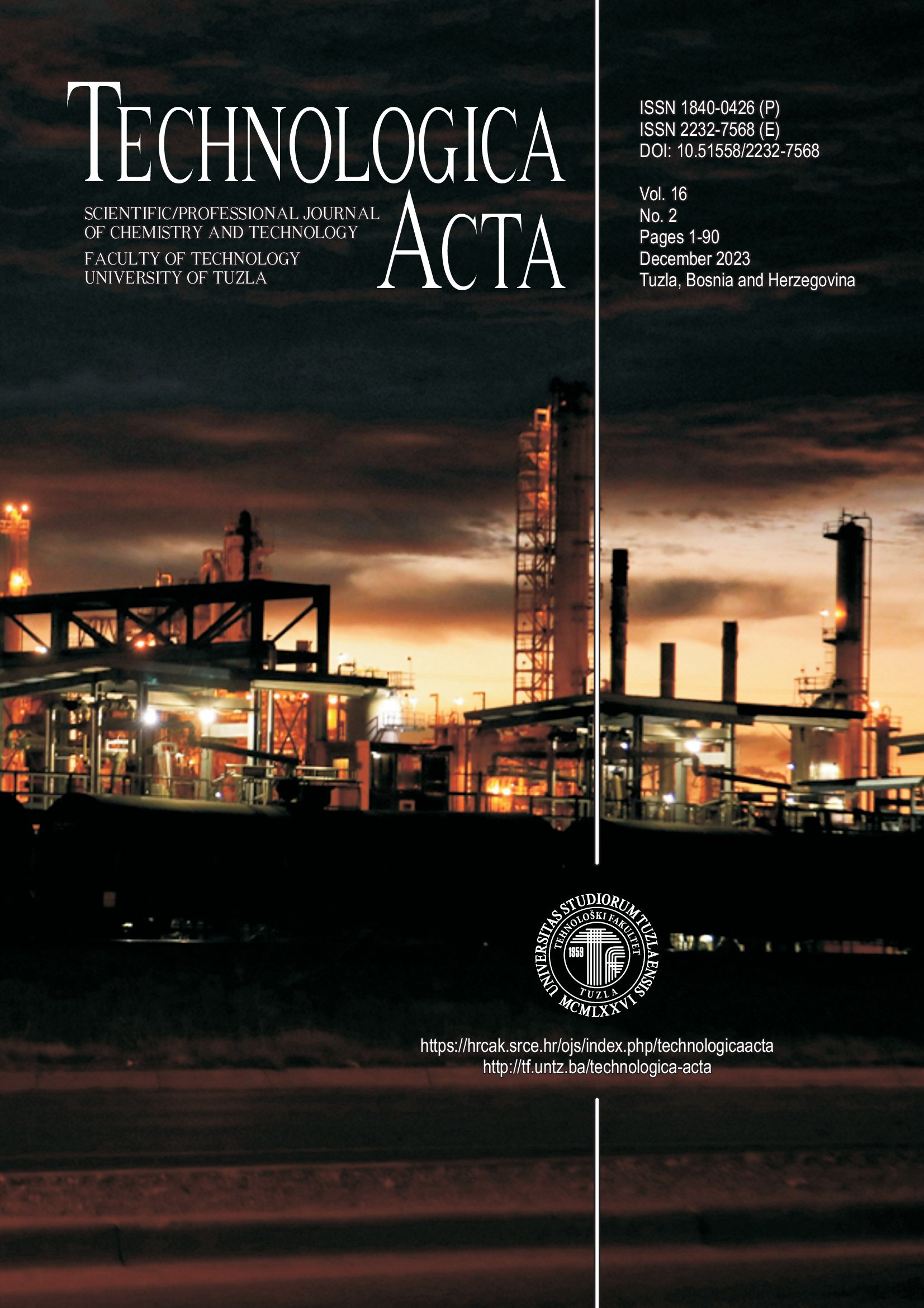The Potential of Bryophytes in Phytofiltration of Heavy Metal Contaminated Water
Keywords:
moss, heavy metal, phytofiltration, bio-sorbentAbstract
Bryophytes are a group of plants vital to many ecosystems and biogeochemical cycles and are well known bioindicators and biomonitoring tools. However, they have been deemed industrially less important than vascular plants and their potential for applications other than as biomonitoring tools has been overlooked. In recent years, however, bryophytes, and in particular mosses, are starting to gain attention as viable phytoremediation agents. Studies indicate that some moss species have the ability to uptake heavy metals such as Pb, Cd, Zn, Cu, As, and Cr from contaminated water. Tested mosses could both adsorb and absorb significant amounts of specific heavy metals without adverse effects on the plant. Results suggest that moss biomass, either dry or wet, could be used as a bio-sorbent in filtration of heavy metals. The review of available literature shows a promising prospect of moss to be used in phytofiltration of heavy metals. Existing knowledge on this topic could be the basis for further research which is needed
Downloads
Published
Issue
Section
License
Copyright (c) 2024 Adina Ćosić, Franc Andrejaš, Mirsad Džambić, Namir Halilović, Nevres Hurić

This work is licensed under a Creative Commons Attribution 4.0 International License.


